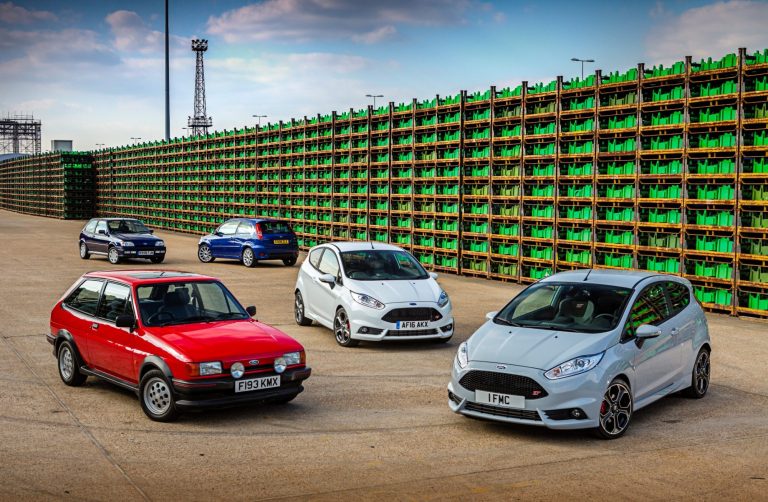
Time To Say Goodbye
Today is the day… Production of the Ford Fiesta will end later on today when the last ever car leaves the production line in Cologne.


Today is the day… Production of the Ford Fiesta will end later on today when the last ever car leaves the production line in Cologne.
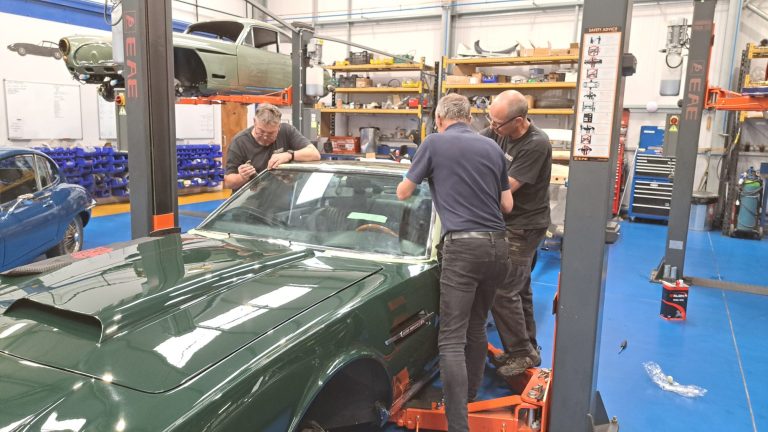
The story of our 1976 Aston Martin AMV8 has been long and interesting and is one that is heading towards the final chapter with us
Today is the day…
Production of the Ford Fiesta will end later on today when the last ever car leaves the production line in Cologne.
The Ford Fiesta has become something of an icon over the years and it is a highly recognisable car. With so many people having owned a Fiesta, been driven around in a Fiesta, or fallen in love with a Fiesta, this news will likely bring a sense of sadness. Fond memories of this little car will be commonplace and it’s hard to not feel that this is the end of an era.
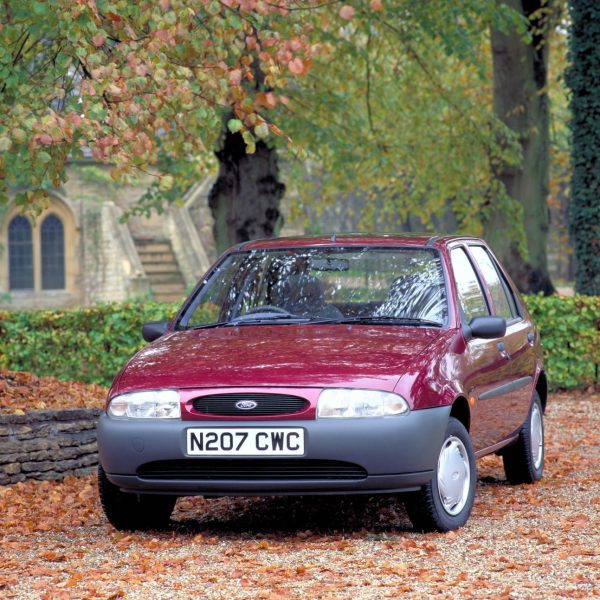
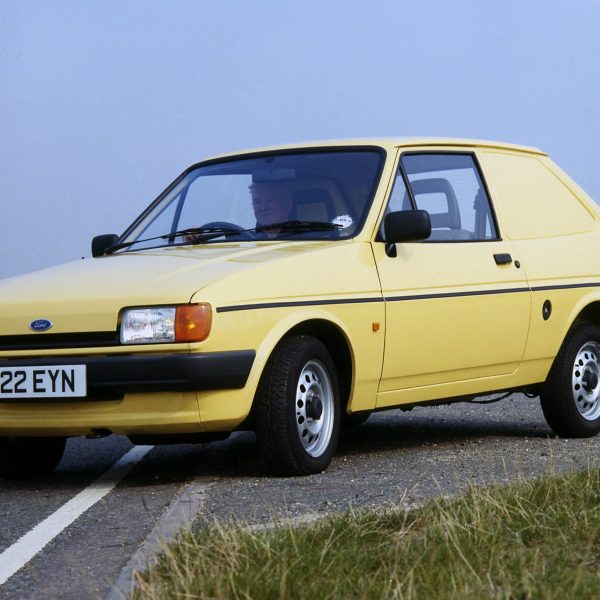
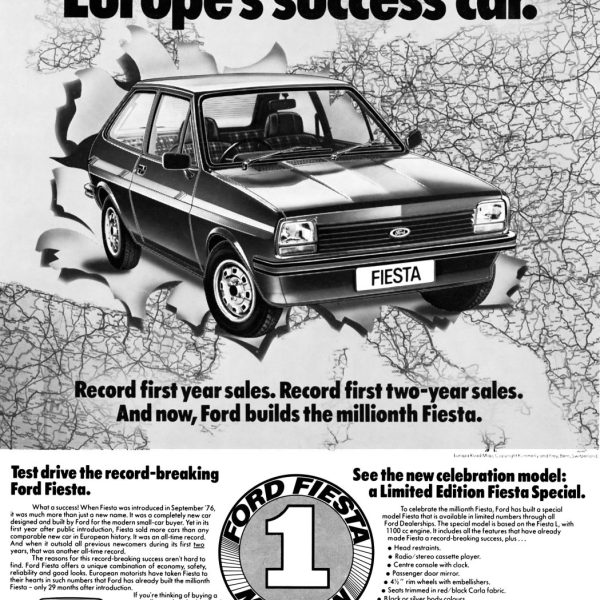
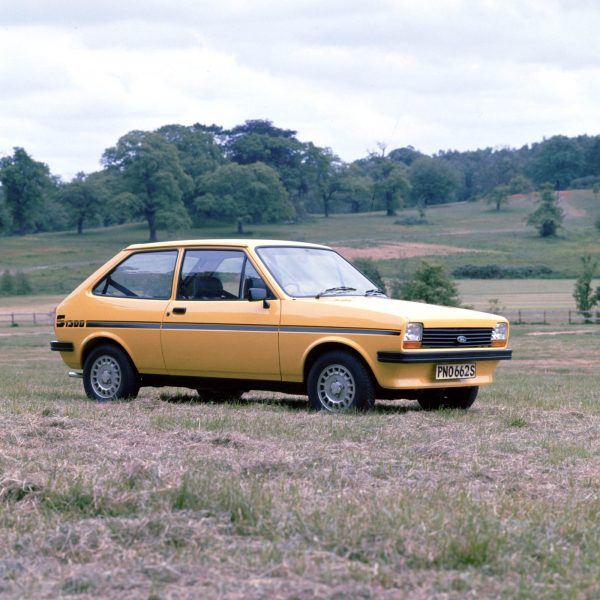
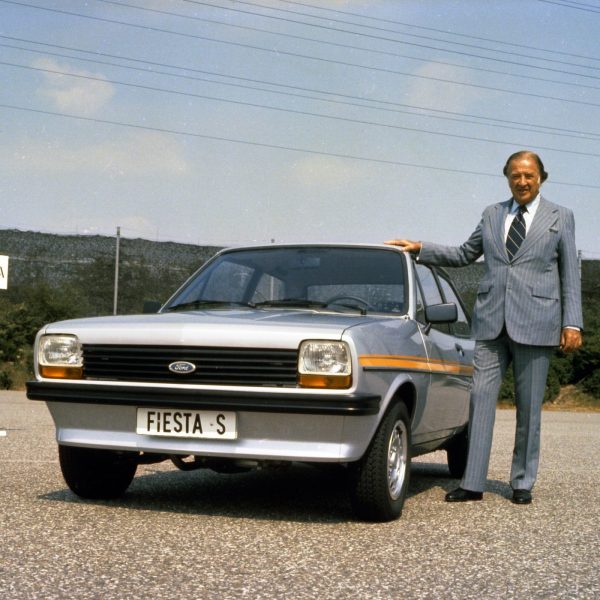
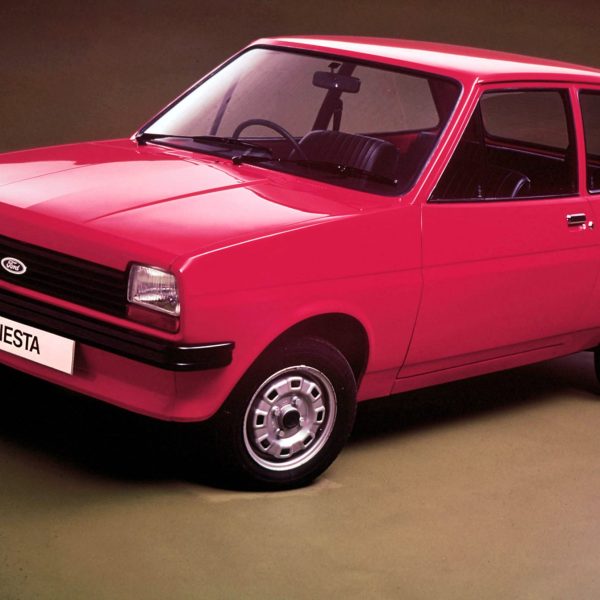
Since production first began back in 1976, the Fiesta has been a hugely popular car and was the best-selling car in the UK for 12 consecutive years from 2009 onwards. Unfortunately, though, Ford is unable to make a profit on it and needs to make room in the factory as they focus on producing an electric vehicle range.
Regardless of the reason, today marks the end of a chapter in automotive history.
Goodbye Ford Fiesta!
The story of our 1976 Aston Martin AMV8 has been long and interesting and is one that is heading towards the final chapter with us here at Bridge Classic Cars. To mark the occasion, we decided it was time to take a look back at the history of our AMV8.
We originally purchased it on behalf of a customer, with the plan of it undergoing a full restoration in our workshop. However, due to unforeseen circumstances, our customer was no longer able to continue with the project, so the car is now owned by Bridge Classic Cars. Despite only fairly recently becoming the owners of this car, we have actually had it with us since its arrival in the UK from America.
Aston Martin initially planned to put its new V8 engine in the DBS. However, thanks to challenges faced during production, the DBS was actually introduced with the 4-litre straight six from the DB6. This version initially disappointed many as the DBS was bigger and heavier than the DB6 resulting in a reduction in performance.
This all changed in 1969 when the Aston Martin DBS V8 finally arrived. The estimated 315bhp produced by the 5,340cc four-cam engine meant that the DBS V8 could go from 0 – 100mph in under 14 seconds. That may not seem too impressive by today’s standards but, back in 1969, it was claimed this was the fastest production car in the world. The claim could be further believed thanks to a top speed of 160mph!
In 1972, the story turned in the direction of the car you see today when Aston Martin was taken over by Company Developments. As Series 2 went into production, it became known as the Aston Martin AMV8 and was recognisable from a restyled front end that gave a nod to the looks of earlier Astons.
The former Chairman of Aston Martin, Victor Gauntlett said that the V8 was “a stylish thoroughbred, beautifully built, luxurious, fast and immensely safe.”
Before we purchased our 1976 AMV8 in March 2022, it looks to have led an interesting life.
According to copies of Aston Martin’s factory build records, it was hand built at Aston Martin’s Newport Pagnell plant during the winter of 1976. At the time, it was fitted with a left-hand-drive steering arrangement and a 3-speed automatic gearbox.
Surprisingly, our AMV8 was initially finished in Cornish Gold with a black leather interior, black carpet, and grey headliner. An orthopaedic surgeon, Dr William S. Reiter from Los Angeles, California, was the very first owner when he purchased it on January 5th, 1977.
The story then goes dark for a while although it does appear that the car stayed in America eventually making its way from the West Coast over to the East Coast of the country. During this period, the car was repainted in Peoney Red and had a desirable 5-speed manual gearbox installed. In addition to the colour and transmission change, a radio head unit that looks to be from the late 70s was fitted along with a set of 5-spoke alloy rims which replaced the original wheels.
We have been able to pick up the story again from 2011 when the previous owner purchased the vehicle. During this ownership, our AMV8 was part of a static display and was not driven at all. This meant that when we bought it, it has been off the road for over 10 years.
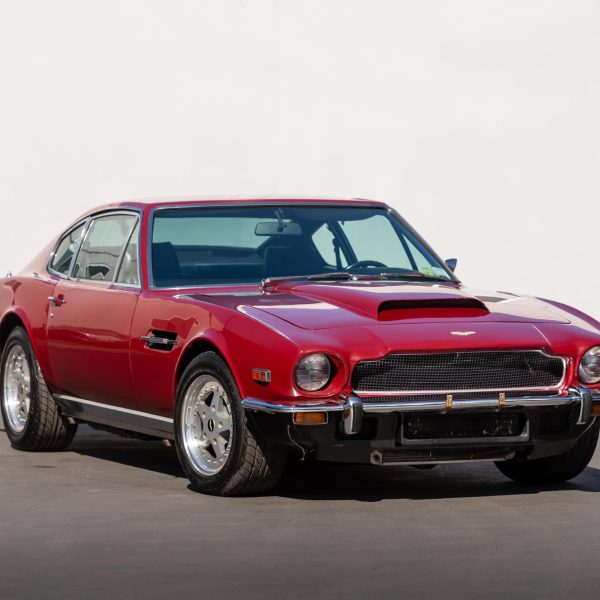
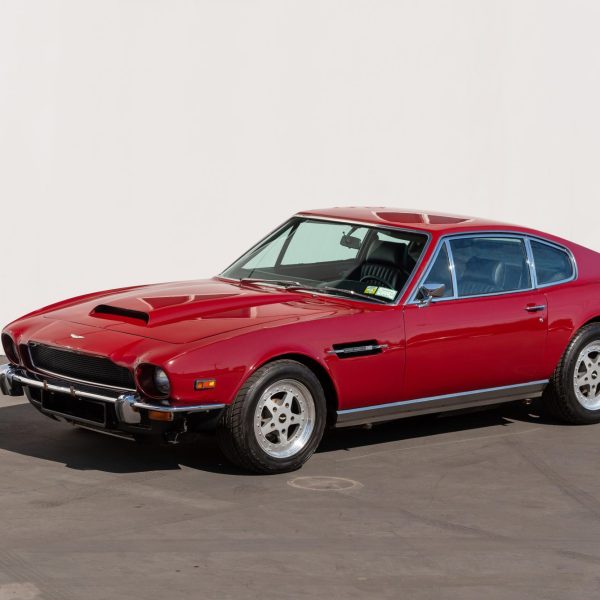
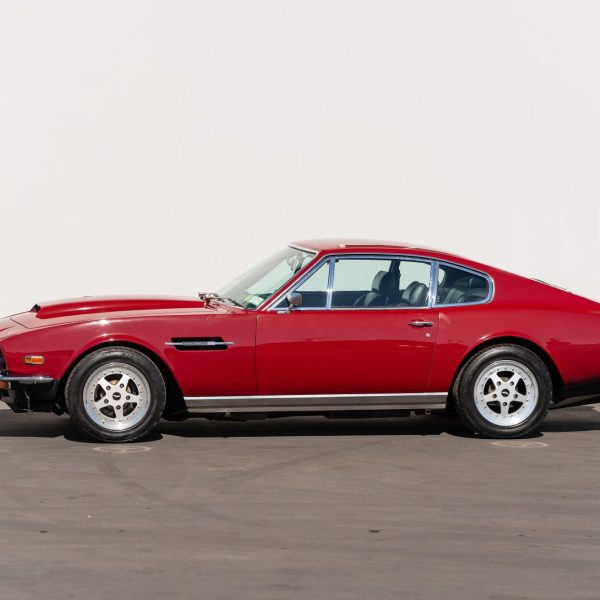





After a long journey, our 1976 Aston Martin AMV8 eventually arrived at Felixstowe Port where we collected it.
From there, it was transported over the last leg of its epic journey to the Bridge Classic Cars workshop here in Suffolk. It was at this point that our team of highly skilled technicians took over and started work on bringing this classic Aston back to life.
The initial investigations highlighted a few issues that would need address but, after some attention from the workshop team, the future started to look bright. Perhaps the biggest change that has happened since we have had the AMV8 is its colour. Our paintshop took the car back to bare metal before repainting it for the second time in its life – this time transforming into a stylish Deep Carriage Green.


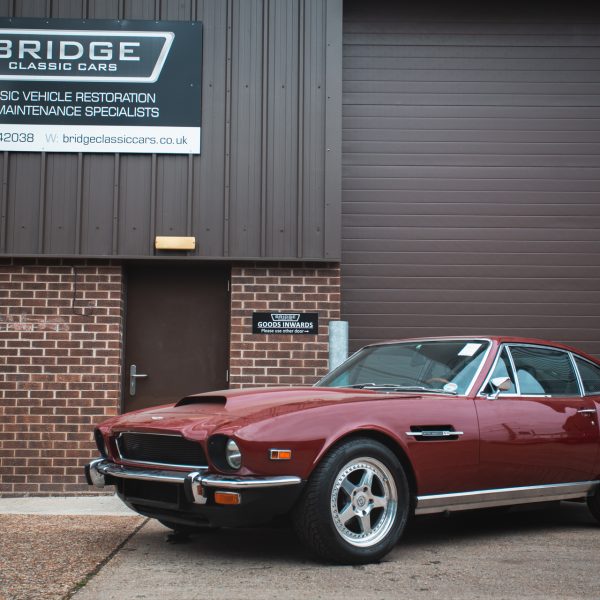

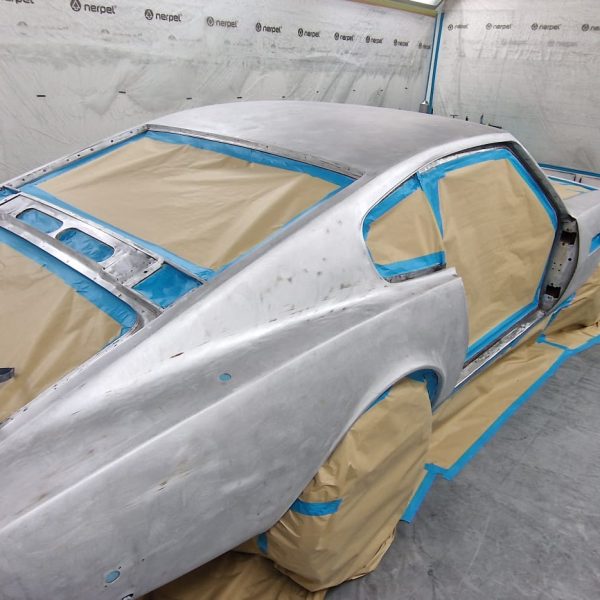

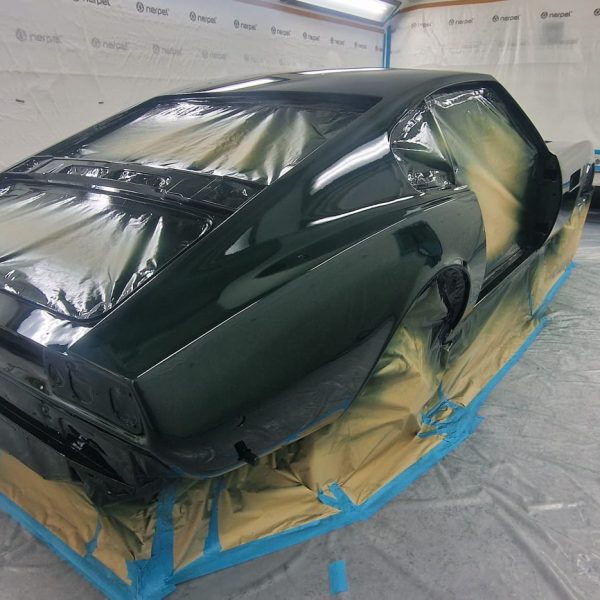
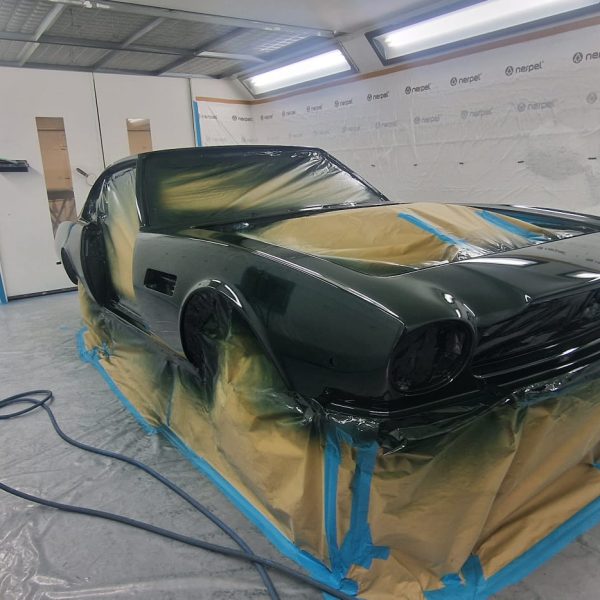
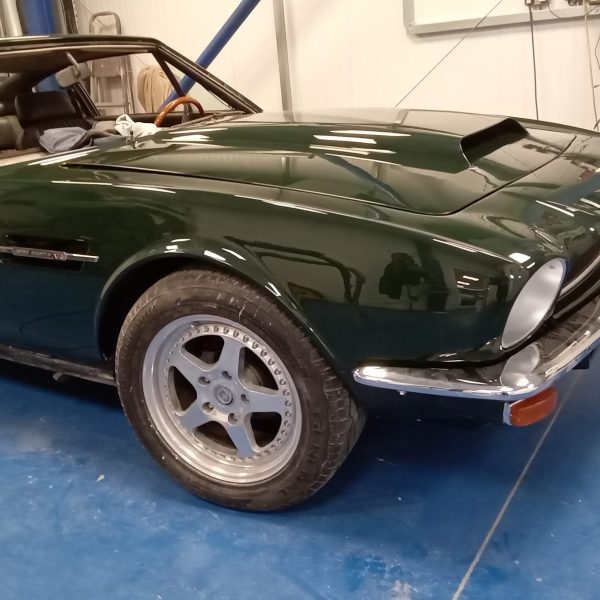
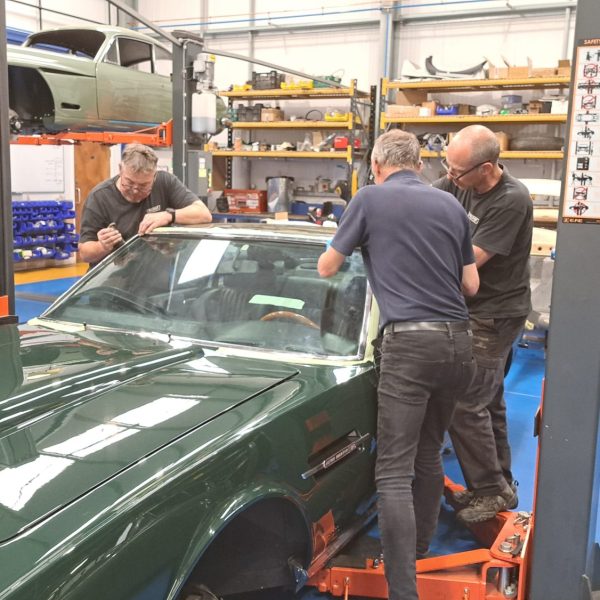
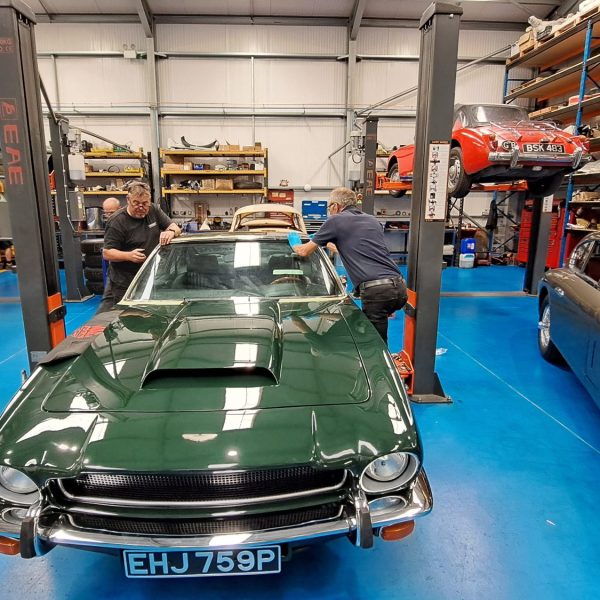
Our AMV8 is still in the workshop with work continuing by our team of technicians. The car has been put back together and is looking very good. While the car is not quite ready to leave us yet, it is very soon going to be put up for sale.
This classic Aston has already lived an exciting life over in America and it would be great to see it find a new home with someone who appreciates the work, time, and treatment that this vehicle has experienced over the last couple of years.
More information on the sale of our 1976 Aston Martin AMV8 will be available soon but, in the meantime, the full project details can be seen here.
Bridge Classic Cars are award winning Classic Car Restoration and Maintenance specialists. Your pride and joy is in safe hands with our expert Classic Car Technicians. Take a look at our awards here.
We use cookies to deliver the best possible experience whilst visiting our website. By clicking "Accept All", you consent to our use of cookies, or you can manage your preferences by clicking the link below. You can manage your preferences at any time from out Cookie Policy page.